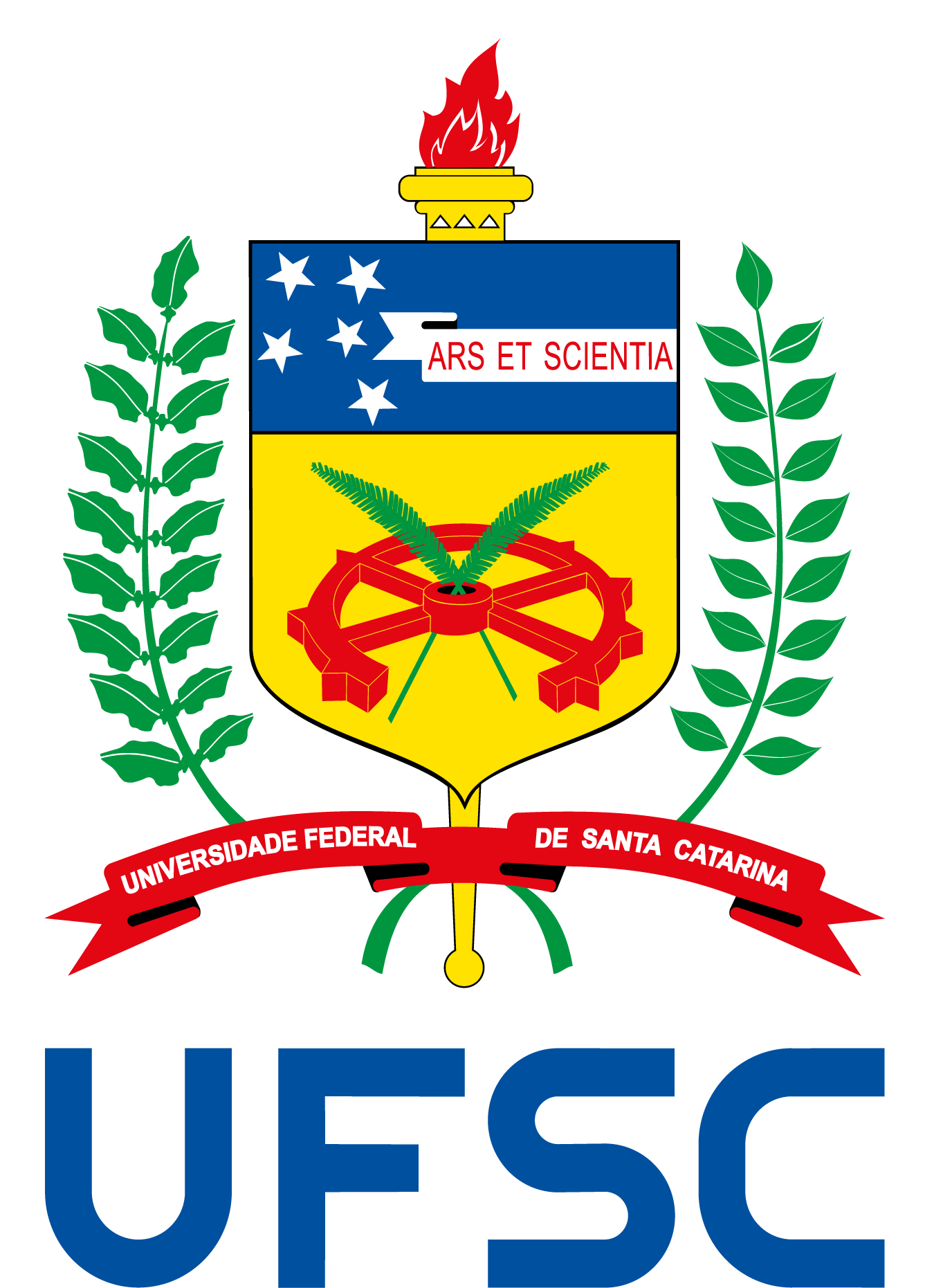LOOSA
Video LOOSA – 2021
The Laboratory of Organic Optoelectronic and Anisotropic Systems (LOOSA) was founded in 2006, when Prof. Ivan H. Bechtold was hired at the Physics Department of UFSC. In 2010 Prof. Marta ER Dotto enjoyed the group, in 2016 Prof. Juliana Eccher succeeded to get a permanent position at the Physics Department, after finishing PhD at LOOSA, and in 2021 Prof. Leonardo N. Furini enjoyed the group. The group is certificated at governamental agency CNPq. Website here
|
2015 |
2017 |
The research activities of LOOSA are oriented to the study of organic systems like: luminescent small molecules, liquid crystals and polymers/elastomers, also organo-metallic complexes. We focus applications on optoelectronic devices, like OLEDs (organic light emitting diodes), OFETs (organic field effect transitors) and OPVs (organic photovoltaics) as well. We also investigate the application of biological materials in biosensors and bioactive systems.
In the case of the liquid crystals, the main advantage is the self-organization property of the liquid-crystalline medium that allows molecular alignment through surface treatments, thermal annealing, application of external fields (electric or magnetic) and light-driven, being possible to modify and to control the optical and electronic properties of this materials.
With reference to the elastomeric systems using the natural latex obtained from rubber tree and synthesis of PU/PBDO to membrane production, fibers and spheres, looking for research their thermal, mechanics, optical and morphologic properties. We are also focused on phosphorus and calcium compounds, being the last to the biological activity in the tissue regeneration.
Beyond that organic complexes with rare earth ions and complexes with transition metals have being investigated as layer at OLEDs. These materials present a strong emission in the visible region of the electromagnetic spectrum and their performance is strongly dependent from the preparation methods and the device structure. With this systems, we are focused on developing devices using low cost methods, like solution processing and white light emission for illumination purposes.
Another area is the study and developing of biosensors oriented to the current applications that has local and national interest, like the case of aquatic toxins made by cyanobacteria present in the rivers, lakes and in the sea. These toxins can directly contaminate the water or the fishes, molluscs and if ingested can cause severe damages to the human health. The goal is to contribute to efficient monitoring systems and of easy handling.
The study of quantum dots is another issue, with synthesis, characterization and application in optoelectronic devices. The main advantage of these systems is that the emission bands of the same semiconducting material can be controlled by the nanoparticle size (2 to 10 nm). We emphasize also the high photo stability, if compared to organic semiconductors in general. They can be funcionalizated to selective interaction with biological systems, allowing new applications like probes in tumoral treatments and optical biosensors.
Many of the compounds in the lines mentioned above are obtained through scientifc collaborations with different synthetic research groups: Prof. Hugo Gallardo (Chemistry Department – UFSC) and Dr Harald Bock (CRPP, Bordeaux University – France), Prof. Aloir Merlo (Chemistry Institute- UFRGS), Prof. André Vieira (Chemistry Department- UFBA). The interaction with these groups allows new scientific studies with materials designed for specific applications.










